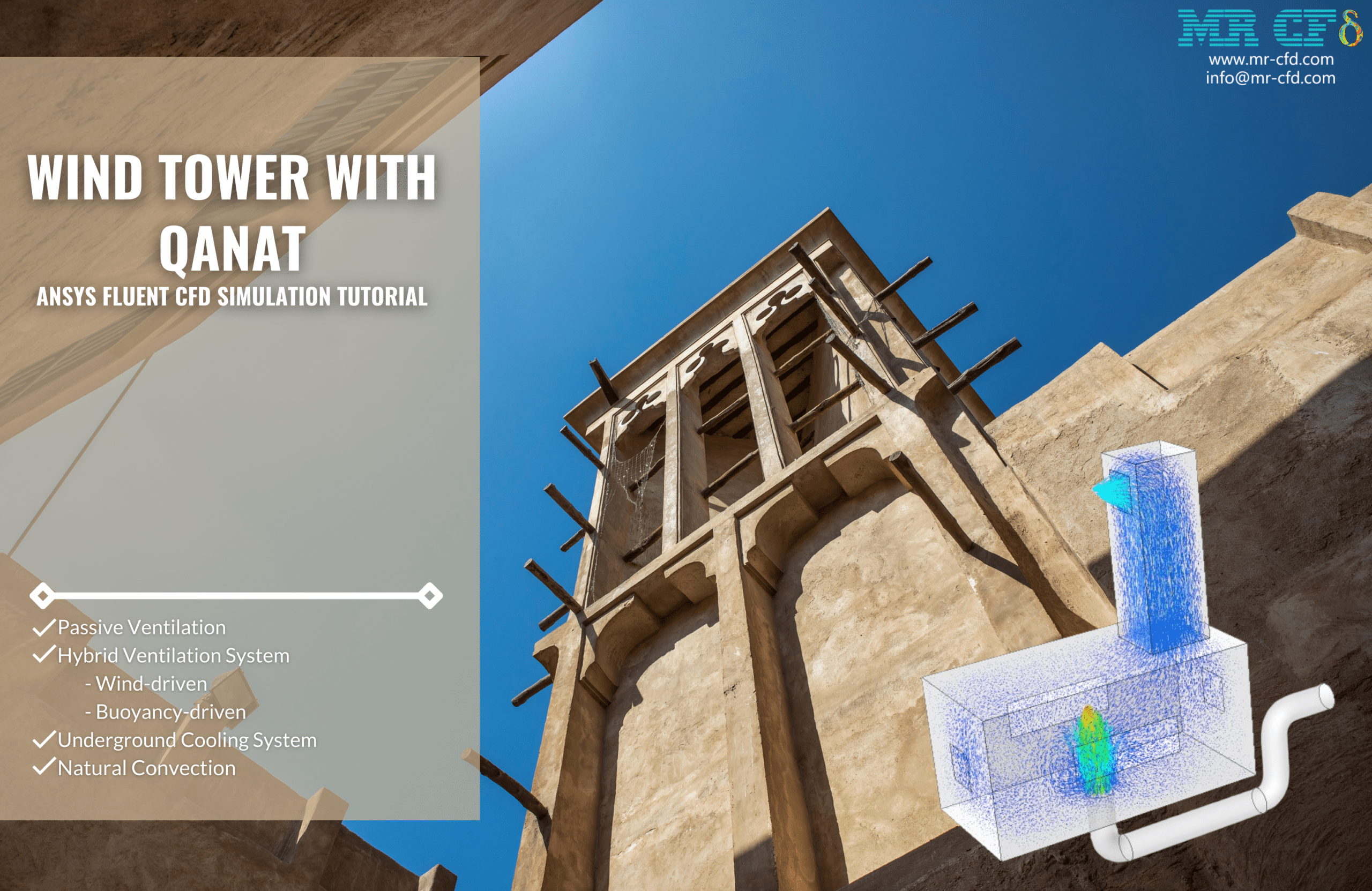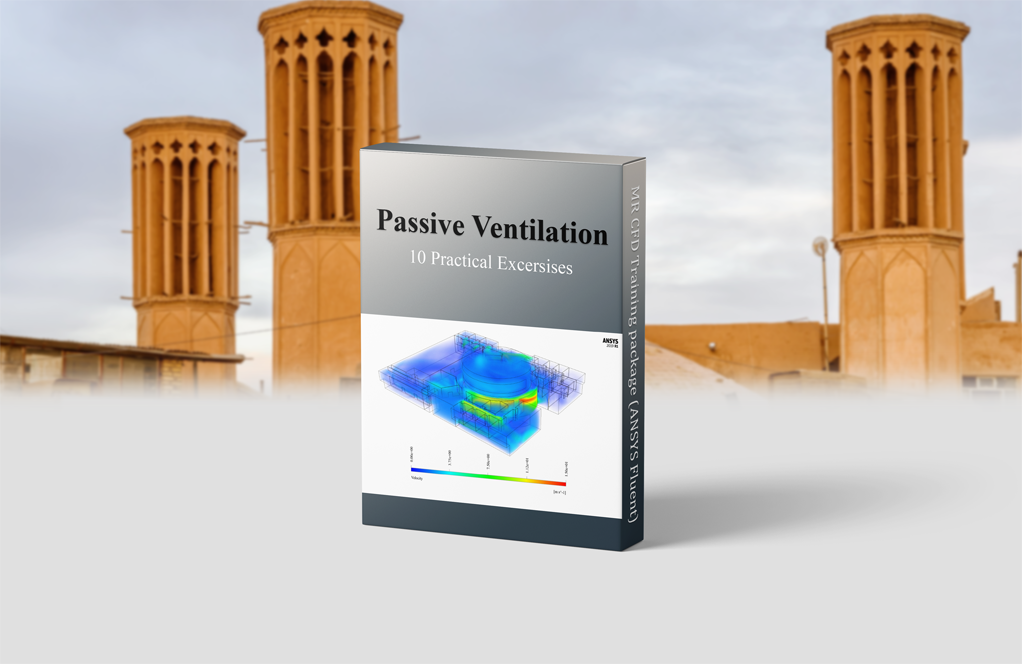Radiation Effect on a Dome-Shaped building
$120.00 Student Discount
- The problem numerically simulates the heat transfer inside a mosque using ANSYS Fluent software.
- We design the 3-D model by the Design Modeler software.
- We Mesh the model by ANSYS Meshing software, and the element number equals 674066.
- We use the Rosseland Radiation and Solar Load models on the glass walls.
- We define Heat Source on the floor.
To Order Your Project or benefit from a CFD consultation, contact our experts via email ([email protected]), online support tab, or WhatsApp at +44 7443 197273.
There are some Free Products to check our service quality.
If you want the training video in another language instead of English, ask it via [email protected] after you buy the product.
Description
Radiation Effect on a Dome-Shaped Building, ANSYS Fluent CFD Simulation Tutorial
The present problem simulates the heat transfer inside a mosque by ANSYS Fluent software. We perform this CFD project and investigate it by CFD analysis.
In the present case, it is assumed that heat transfer takes place in two modes of convection and radiation. In fact, the building’s indoor heating source is powered by solar energy, and also a heat source used on the ground floor of the mosque.
The heat transfer between the sidewalls, the roof, and its dome is done with the free airflow of the surrounding environment with a temperature of 309 K and a heat transfer coefficient of 10 W/m2K.
Also, the heat source used on the floor of the mosque, in the amount of 30 W/m2, applies a thermal heat flux to the floor of the mosque, assuming a thickness of 20 cm for the floor.
Mosque Methodology
The geometry of the present model is three-dimensional and has been designed using Design Modeler software.
We do the meshing of the present model by ANSYS Meshing software. The mesh type is unstructured and the element number is 674066.
Radiant heat transfer is also carried out on the sidewalls, roof, and dome of the mosque due to the radiation of sunlight and assuming an absorption coefficient of 0.8 for the surfaces. Therefore, the Radiation model is used to simulate the present problem.
Since it is assumed that the material of the mosque building and the glass used on it has a high absorption coefficient, the Rosseland method is suitable. The solar load model has also been used to apply the effect of solar radiation.
Mosque Conclusion
Since the main purpose of the issue is to investigate the heat transfer within the mosque, there is no need for inlet and outlet boundary conditions.
After the solution process, two-dimensional and three-dimensional contours related to temperature, pressure, and velocity, as well as two-dimensional and three-dimensional velocity vectors were obtained.
The two-dimensional contours are drawn in two sections, YZ, and XZ, passing through the center of the mosque building.
The temperature contour obviously shows the distribution due to the radiation and also the imposed floor heating. Also from the velocity vector, the airflow circulation inside the building is visible. The maximum vortex occurs just in the dome zone since it is directly exposed to solar radiation.











Jacques Goyette III –
I want to see the course content. Maybe I can upgrade my knowledge or advise someone.
Dr. Zetta Marvin I –
This is a good simulation.
Mr. Tyrique Feeney III –
Do you do projects?
MR CFD Support –
Yes, please send your project to the following addresses:
+90 (535) 951 97 42
[email protected]
Bethel Parker MD –
The use of CFD in this simulation is truly innovative!
Jaren Murazik –
This simulation is a breakthrough in the field of wind engineering and building design!
Dr. Blaise Runte –
This simulation is a fantastic tool for understanding complex wind flow dynamics!